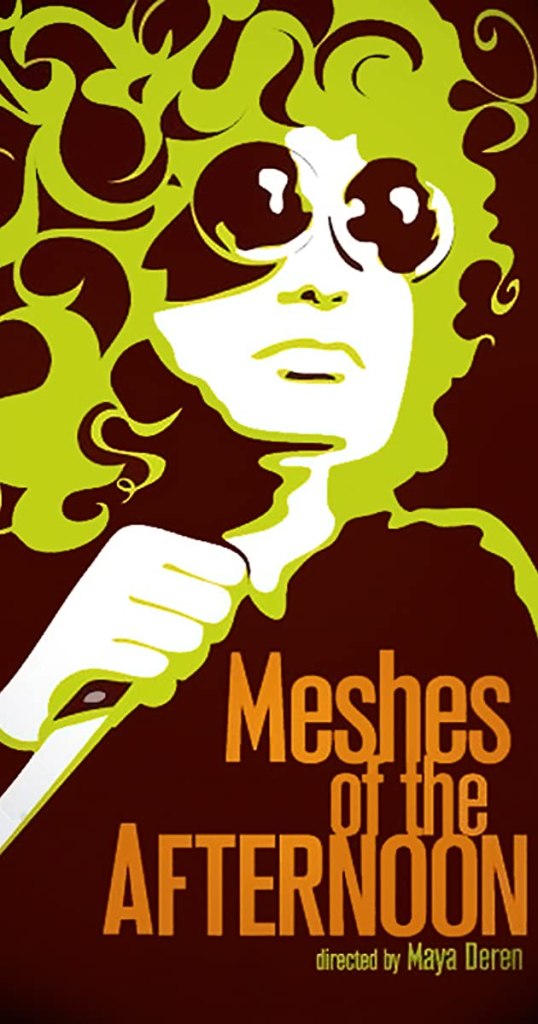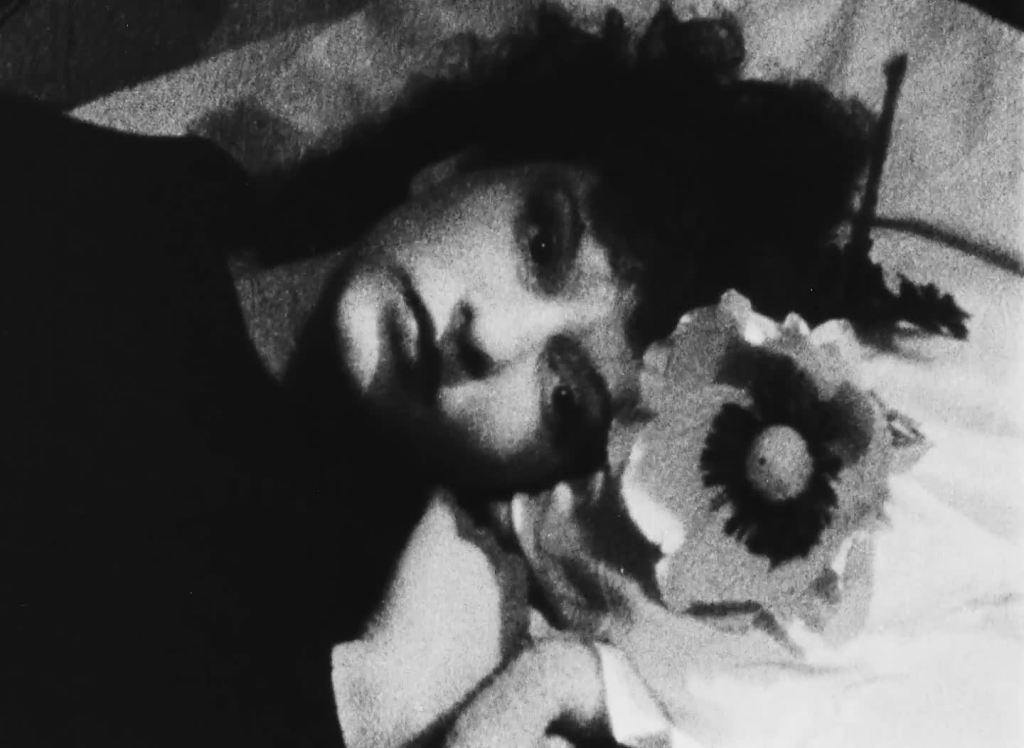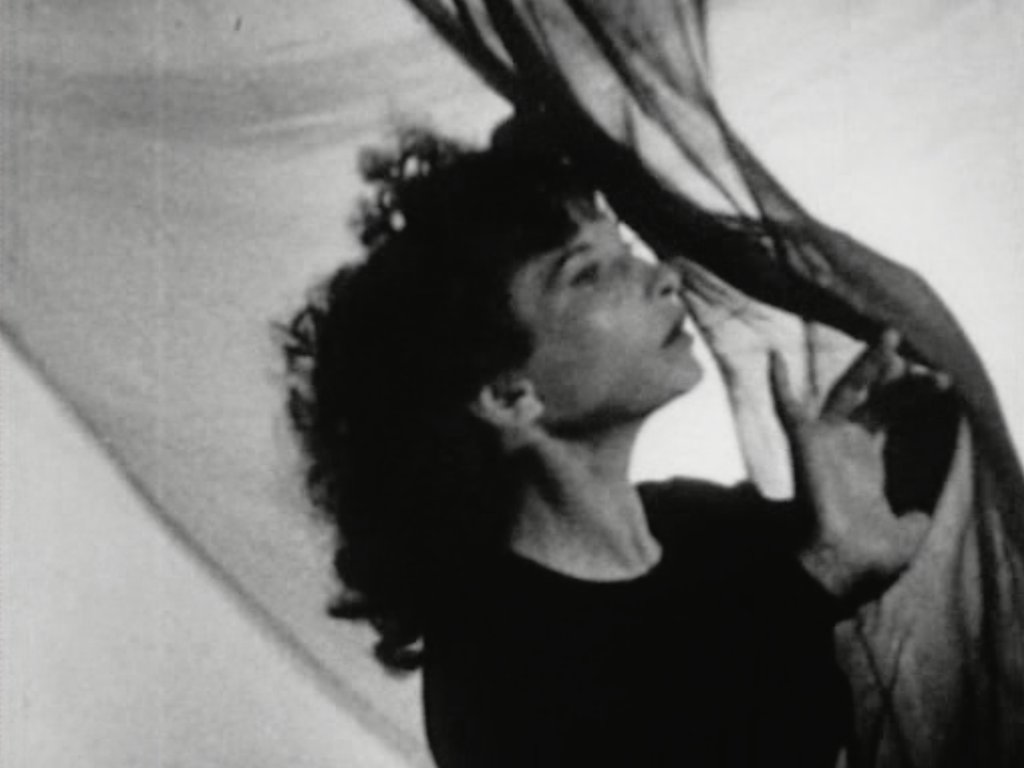
Narrative Structure
A woman starts of by picking up a flower she finds on a floor and entering her home, finding a bread knife, telephone, record player and key are all left lying about. After falling asleep in an armchair, we see a hooded figures with a single flower in his hand and another version of the woman entering the house to find that the objects have moved position and the woman is still sleeping. This happens several times before finally one version of herself pocket up the knife and goes to kill her sleeping self, causing her to wake up and realize that a man is standing over her which we are to assume is her husband. It appears that she is now awake buy throws a knife at her husband shattering him like glass. We then see the film from the husbands perspective as he enters the house to find that his wife is lying in her armchair dead.
Genre
I would say that the film best fits into the mystery category but

Cinematography
The camera angles are definitely the most expressive aspect of this film. For example, when her second version of herself appears to fall out a window and then over a set of stairs as she attempts to climb her way out of the room, defying gravity as she floats from one room to the next to find the ‘real’ version of herself. The camera rotates clockwise and then anti clockwise, switching back and forth from the two movements to create a sense of disorientation for the audience and suggests that this is not reality.
Sound
The original production of the film didn’t use sound but instead was later added in the 1950’s although there wasn’t much, and yet this adds to the creepy and almost terrifying nature of the film. Sounds are very precise; the glass shattering; the sound of the beach; the birds at the beginning as she walks. They are designed to create an unnerving feeling that initially everything is alright but as she enters the house, the telephone left aside with the sound coming from it of someone hanging up creates a feeling of uncertainty.

Editing
Its difficult to tell but it appears that the film often uses hidden cuts to transition the setting of the scene from room to room. When on her first entrance into her house, she places the tone arm of the record player away from the disc, with the camera beginning to slowly pan left and cut is used when moving past the wall that moves into a new shot of an armchair.
There is one scene in which the cutting is jarring to the point where this scene doesn’t look real (the intended effect). As she’s standing on the stairs, several cuts depict her moving from each step with showing any movement, creating an eerie and baffling sequence that as the audience we are forced to question what is real.

Mise-en-scene
The mise-en-scene is simplistic and yet everything we see has a purpose. The several versions of key to open her house, the bread knife that will result in her death, the flower that causes her to enter her house after she chases a mysterious figure, the telephone that is always left off its stand and the record player which continuously plays silently.
One of my favourite parts is when she throws the bread knife at her husband, causing his face to shatter like glass and for a picture of the sea to emerge in its place, with the shards separated from his body dropping into the wet sand and washed away by the sea. I think this is suggestive of the freedom she desires. The endless sea on the horizon implies that she doesn’t want to be trapped in the house which she has found herself, attempting to escape it in her dreams only for it to consume her.
Meaning and Response
As I mentioned in my mise-en-scene section, the film isn’t entirely clear on what you are supposed to take away from it, instead leaving it to the interpretation of the viewer. My opinion is that this is the woman’s desire for freedom that she keeps on repeating to attain but when she is unable to achieve it she dies.
Reblogged this on Blog do Rogerinho.
LikeLike